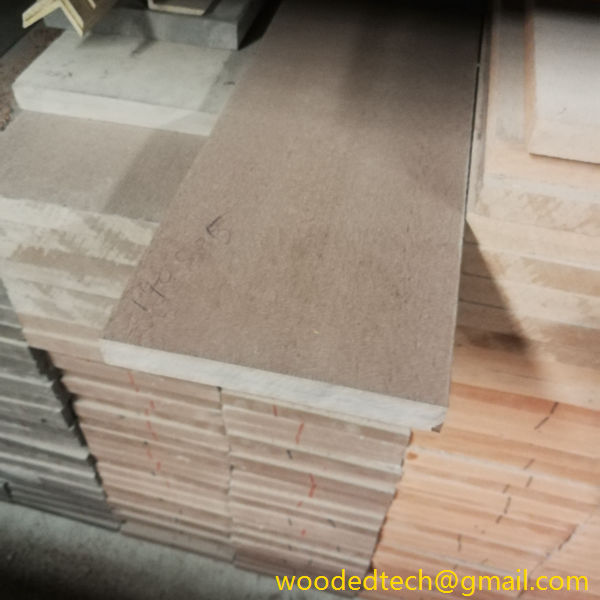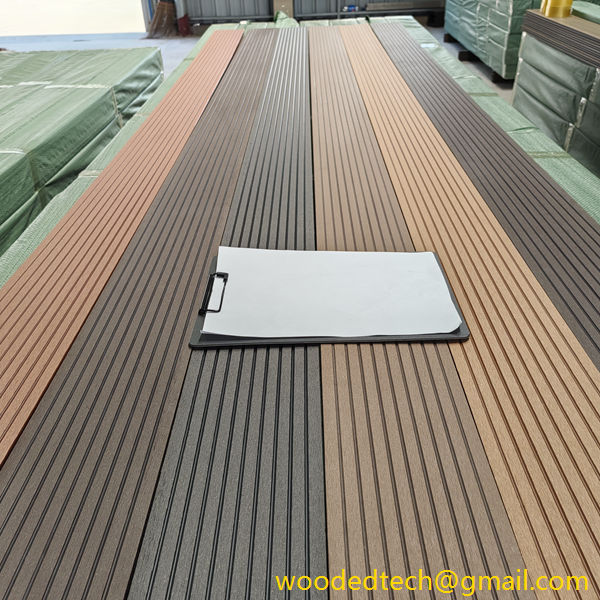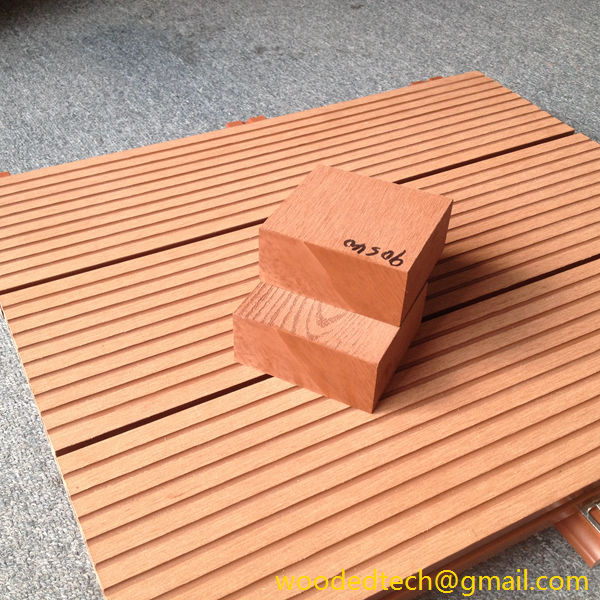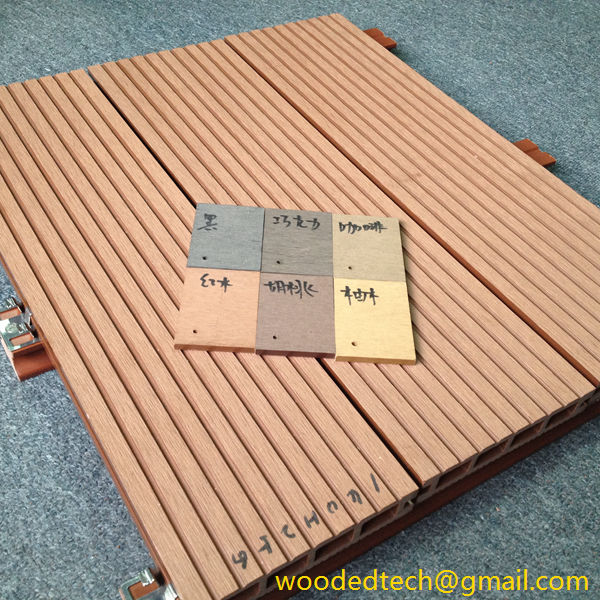Understanding What a Composite Wall Panel Is and Its Uses
Composite wall panels are innovative building materials that have gained significant popularity in modern construction. These panels are made from two or more different materials that are combined to create a product that boasts enhanced performance characteristics compared to traditional materials. The manufacturing process of composite wall panels involves several steps, each of which plays a crucial role in determining the final properties of the panels. Understanding these processes is essential for appreciating the advantages and applications of composite wall panels.
The production of composite wall panels typically begins with the selection of the core material and the facing materials. The core can be made from a variety of materials, including polystyrene, polyurethane, or mineral wool, each offering distinct thermal insulation properties. The facing materials are often composed of metal, fiberglass, or other durable substances that provide structural integrity and aesthetic appeal. The choice of materials is paramount, as it directly influences the panel’s strength, insulation capabilities, and resistance to environmental factors.
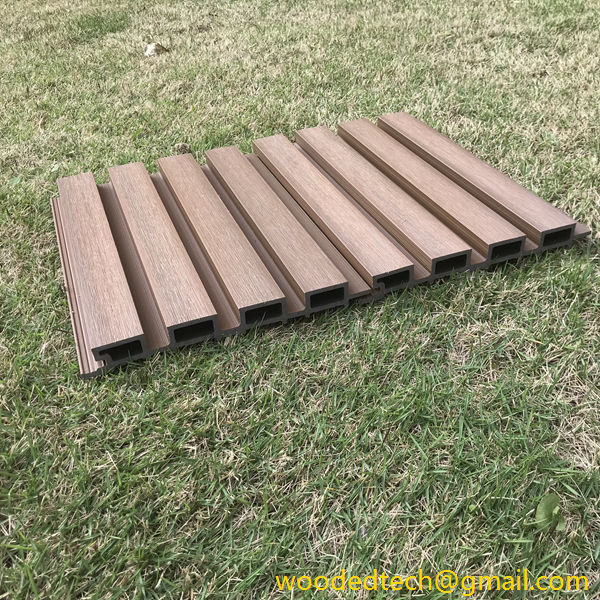
Once the materials are selected, the next step is the fabrication of the core and the facings. The core material is usually produced in large sheets, which are then cut to the desired size. Simultaneously, the facing materials are also prepared, often involving processes such as coating or laminating to enhance durability and resistance to corrosion. This stage is highly critical as it ensures that the materials will bond effectively during the assembly process.
After the preparation of the core and facings, the assembly process begins. This typically involves the application of adhesives to bond the facing materials to the core. Advanced adhesives are used to ensure a strong and durable bond, which is essential for the panel’s overall performance. The panels are then subjected to pressure and heat, which helps cure the adhesive and ensures that the materials are firmly attached. This process can vary depending on the specific type of composite wall panel being produced, as some panels may require additional steps such as vacuum pressing or autoclaving to achieve optimal bonding.
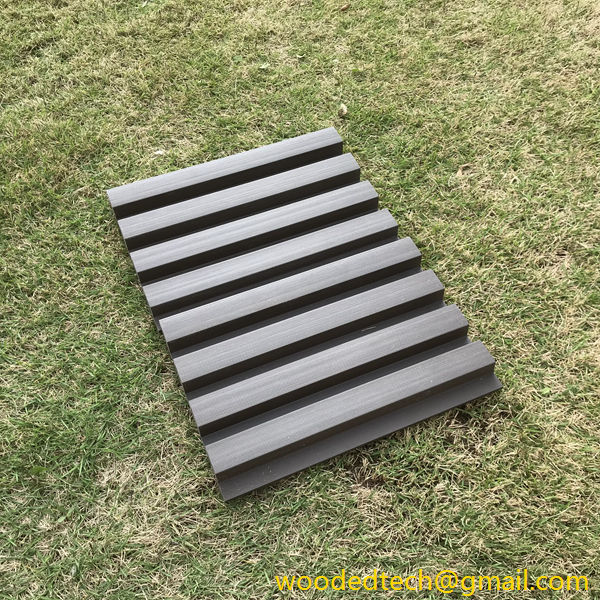
Once the panels are assembled, they undergo rigorous testing to ensure they meet industry standards for strength, insulation, and fire resistance. Quality control is a crucial aspect of the production process. Panels are tested for their thermal conductivity, structural integrity, and other performance metrics to ensure they can withstand various environmental conditions. This testing phase is fundamental to ensuring that the final product is safe and effective for use in construction.
The versatility of composite wall panels is one of their most significant advantages. These panels are used in a variety of applications, including commercial buildings, industrial facilities, and residential homes. They are particularly popular for their energy efficiency, as the insulation properties of the core materials help reduce heating and cooling costs. Additionally, composite wall panels are lightweight and easy to install, which can significantly reduce labor costs and construction time.
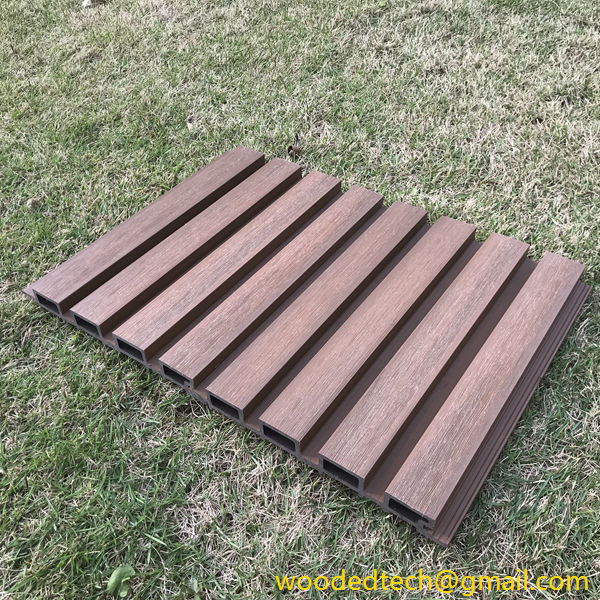
Another important application of composite wall panels is in the field of architectural design. The availability of various facing materials allows architects and builders to create visually appealing structures that can mimic traditional materials such as brick or stone while offering the benefits of modern technology. This flexibility in design makes composite wall panels an attractive option for both new constructions and renovations.
Furthermore, composite wall panels exhibit excellent resistance to moisture, mold, and pests, making them suitable for a wide range of environments. This durability extends the lifespan of the building materials, resulting in lower maintenance costs over time. The ability to withstand harsh weather conditions also makes them an ideal choice for regions prone to extreme climates.
In conclusion, the production process of composite wall panels involves careful selection of materials, precise fabrication, and thorough testing to ensure high-quality performance. Their unique properties make them an excellent choice for various applications in the construction industry. As building technologies continue to evolve, composite wall panels are likely to play an increasingly significant role in creating energy-efficient, durable, and aesthetically pleasing structures. Understanding the manufacturing processes and advantages of composite wall panels helps architects, builders, and consumers appreciate their value in modern construction.

